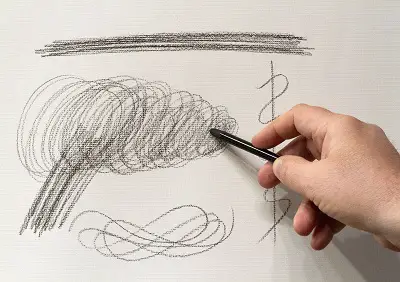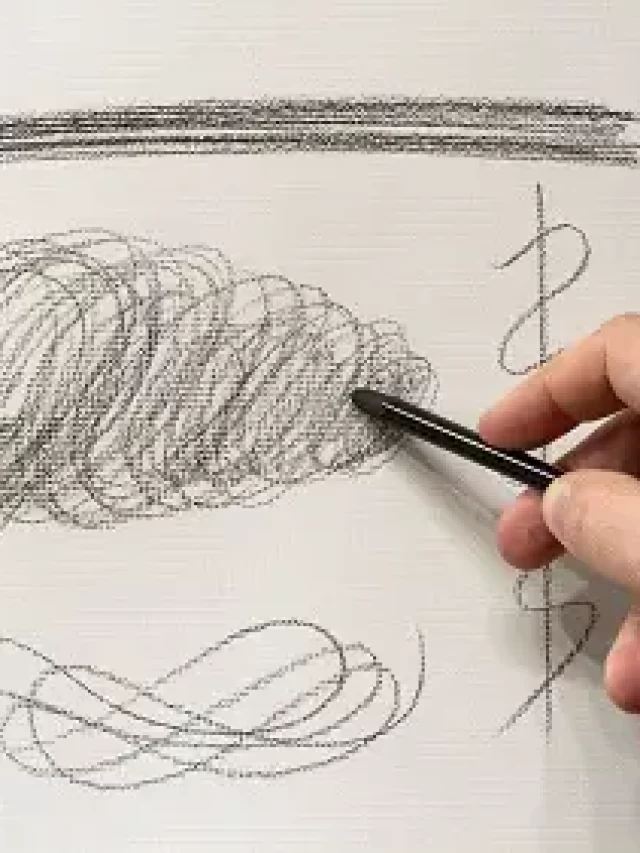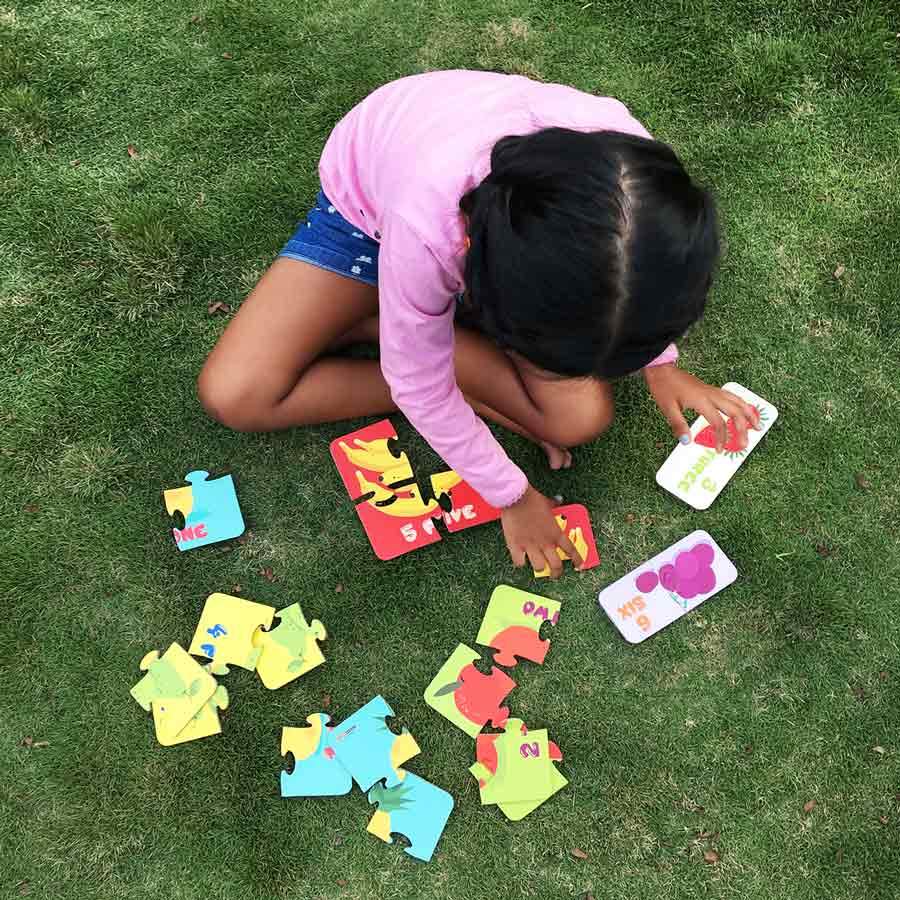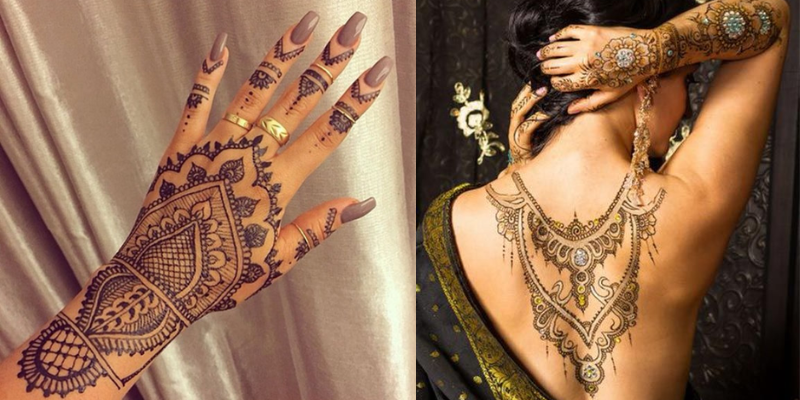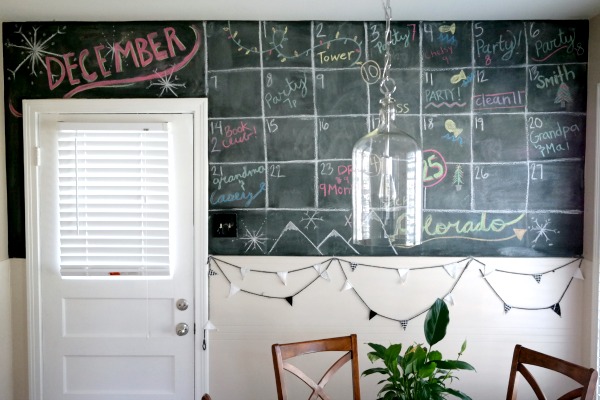Introduction
The art of drawing is a basic skill for the beginner artist to understand; by starting with such exercises get started with drawing. Even if you have just started with stimulation or wants to get better in art, drawing exercises for beginners will change the way you approach your routine. This article, will take you on a ride to explore the Best Drawing exercises for beginners and specifically Basic drawing exercises and charcoal drawing exercises.

Basic Drawing Exercises for Beginners
To get you started with even the basics, you must draw. These exercises are about getting better at hand-eye coordination, control and the way you look at shapes, lines and proportions.
Contour Drawing: Out of all drawing exercises for beginners that are out there, the most basic is probably one where you take a look at something, and without putting your pen ever down on the paper, you draw the outline of that object. Contour exercises without taking the pencil off the page. It will help you to enhance your observation and get the life of subject..
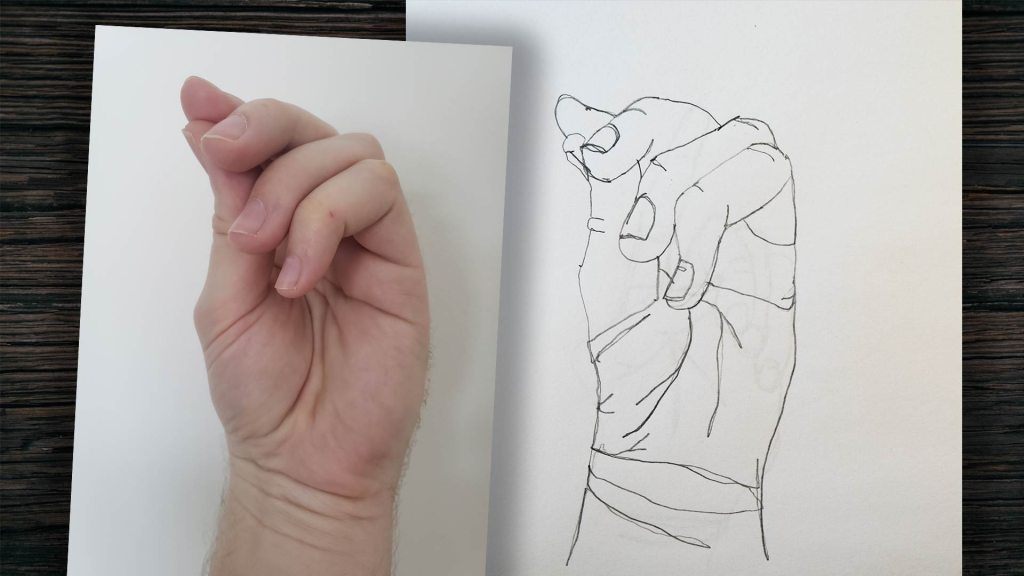
Gesture Drawing: A gesture drawing is a laying out a pose/ an action of a figure for a short amount of time. This exercise is great for practice quicksketching gesture, and to make your feeling more tactile of the human body. Begin with 30sec sketches and work up from there as you feel more confident.

Hatch and Cross-Hatching: To help improve your shading, practice hatching and cross-hatching. In these simple drawing exercises for beginners, you will learn depth simply by making parallel and intersecting lines (walls).

Charcoal Drawing Exercises for Beginners
Charcoal is a versatile media and it can bring drama and depth to your drawings but you need just two things, paper, and charcoal. If you are a beginner and starting out then you should first get your hands on some simple charcoal drawing exercises.
Blending Charcoal: Start by practicing blending with charcoal sticks or pencils. Draw some basic sphere/cube, and use a blending stump or your finger to spread the charcoal. It also teaches you how to make gradients and soft edges, two things you need in charcoal drawing.

When learning how to draw with charcoal are making value scales as this is probably the best practice for beginners. Step 1: Make a grid and block in the values of charcoal (light, medium and dark) inside boxes This exercise will help you to regulate pressure and create a full range of values.

Charcoal Still Life: After you have the hang of blending and value scales, attempt a charcoal still life. Begin with simple objects such as fruits or bottles, and concentrate on reflecting the way light and shadow fall. It will help you develop your levels of observation and learn how to draw realistic types of textures.

Daily Drawing Exercises for Consistency
The more you consistently practice, your drawing will improve as well. Add to Your RoutineBeginners will benefit from daily drawing exercises that will be incorporated into their individual practices, honing the muscle memory and techniques needed. Practice for 15-30 minutes daily, doing the Restango and Grisaille drawing practice on every other day.
You will never improve at drawing unless you do it every day, more specifically many times a day. A sketchbook is a great way to track progress and stay motivated.Parameters/Range
Practice Drawing Different Subjects: Draw a variety of landscapes, portraits or abstract shapes This will keep your practice sessions interesting and allow you to build skills across various areas
Having the proper and correct drawing exercises for beginners is the cornerstone of arts. But if you start slowly drawing exercises — such as a contour and gesture drawing — and even basic charcoal drawings instituting blending or developing value scales, over time you will see an improvement in your confidence when it comes to picking up that pencil, because you will be hoarding memories of success.
As with any skill, progress comes from constant practice so remember to do daily drawing exercises in your regular routine and enjoy the upcoming creative voyage! With these points in mind and by drawing every day — or regularly at least — you will improve your skills and gain the confidence to try more challenging work. Whether you are working on mastering basic and beginner level techniques or moving onto a more advanced practice concept of using charcoal as a medium, they all ensure that you kick start your journey to becoming an artist.

